What Is A Memory Card Reader Used For?
In our increasingly digitized world, the role of memory card readers often goes unnoticed, yet their utility remains significant. Memory card readers act as essential bridges between various storage formats and devices, enabling efficient and seamless data transfer. Whether you're a professional photographer managing high-resolution image files or a casual user looking to organize media, memory card readers are invaluable tools.
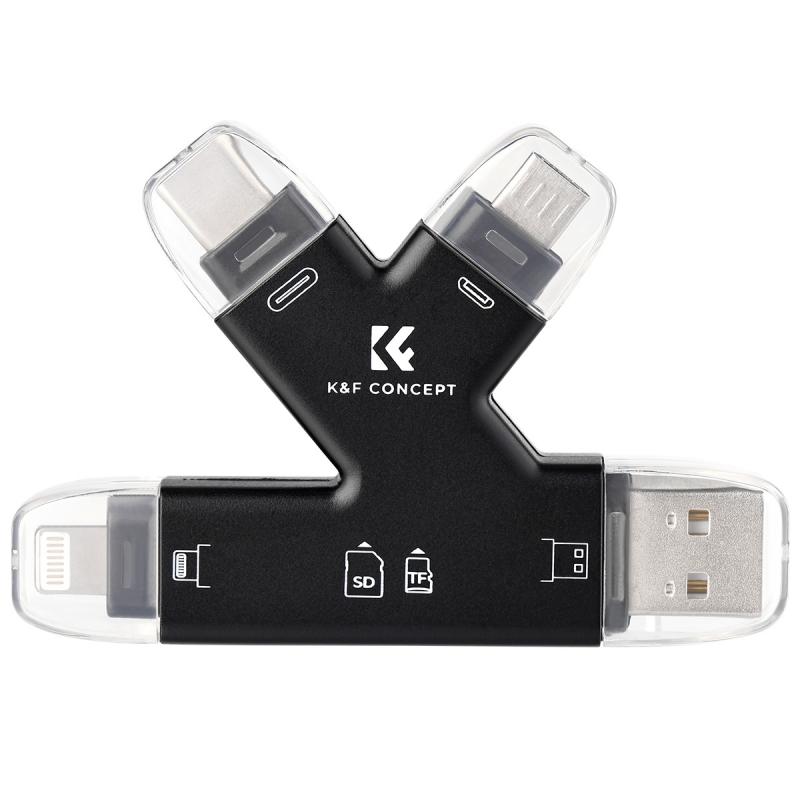
What is a Memory Card Reader?
A memory card reader is a compact device designed to read and transfer data stored on memory cards. These cards—commonly used in cameras, smartphones, drones, and other digital devices—store files such as photos, videos, music, and documents. The reader allows users to connect memory cards to computers or other compatible devices for file access, modification, or transfer.
Primary Uses of a Memory Card Reader
Memory card readers serve multiple purposes, catering to both professional and personal users. Here’s an in-depth look at their applications:
1. Data Transfer
One of the primary functions of a memory card reader is to facilitate the quick transfer of data. While many devices allow direct connection to a computer via USB, using a memory card reader often provides a faster and more reliable alternative. This is particularly useful for professionals handling large volumes of data, such as photographers transferring RAW images or filmmakers working with 4K video files.
2. Multi-Device Compatibility
Memory card readers support various formats, including SD (Secure Digital), microSD, CF (CompactFlash), and others. With a multi-format reader, users can switch between different devices and memory card types, enhancing flexibility. For instance, you can transfer files from a drone's microSD card to a desktop with an SD card reader in minutes.
3. Data Backup and Recovery
Memory cards are not immune to corruption or accidental deletion. A memory card reader aids in recovering lost data by connecting the card to specialized recovery software on a computer. Similarly, it facilitates regular data backups, ensuring important files are securely stored in external drives or cloud storage.
4. Eliminating Device Dependency
While many modern devices offer direct data transfer options, relying on a memory card reader eliminates potential issues such as limited battery life, connectivity problems, or device compatibility. A standalone card reader provides a straightforward, power-independent way to access files.
5. Enhanced Productivity for Professionals
For professionals in fields such as photography, filmmaking, or graphic design, time is of the essence. A dedicated memory card reader reduces workflow bottlenecks by allowing rapid transfer of large files, often outpacing direct device-to-computer connections. Additionally, high-speed readers equipped with USB 3.0 or 3.1 ports enable even faster file handling, supporting high-performance workflows.
Types of Memory Card Readers
Memory card readers come in a variety of designs and functionalities to meet diverse user needs:
1. Single-Card Readers
These readers are designed for a specific type of memory card, such as SD or microSD. They are compact and straightforward, ideal for users with a single card format.
2. Multi-Card Readers
Multi-card readers support various card types, making them versatile tools for users who work with multiple devices. They often include slots for SD, microSD, CF, and more.
3. Built-in Readers
Certain laptops and desktops come with integrated card readers, offering added convenience. However, these built-in readers may not support all card formats or provide the fastest transfer speeds.
4. Wireless Card Readers
Wireless card readers allow users to transfer data without a physical connection to the computer. These are ideal for mobile users who need flexibility and minimal clutter.
5. High-Speed Readers
For professionals, high-speed card readers with USB 3.0 or USB-C compatibility ensure minimal downtime during file transfers. These readers are optimized for large file sizes and fast workflows.
How to Choose the Right Memory Card Reader
Selecting the ideal memory card reader depends on your specific needs and devices. Here are some factors to consider:
1. Card Compatibility
Ensure the reader supports the type of memory card you use. For instance, a photographer with a camera using CF cards should choose a reader compatible with that format.
2. Transfer Speed
High-speed card readers with USB 3.0 or USB-C ports are recommended for transferring large files. These readers reduce transfer time significantly compared to older USB 2.0 models.
3. Portability
If you’re frequently on the move, a compact and lightweight card reader is more practical. Wireless options may also be worth considering for their added convenience.
4. Durability
For users working in demanding environments, such as outdoor photographers or filmmakers, rugged card readers with durable designs are essential.
5. Additional Features
Some memory card readers come with extra functionalities, such as built-in storage, simultaneous file transfers from multiple cards, or integration with mobile apps for better file management.
Common Issues with Memory Card Readers
Despite their utility, memory card readers can encounter problems. Being aware of these issues helps users troubleshoot effectively:
1. Compatibility Issues
Not all memory card readers support every card format or file system. Ensure your reader is compatible with your specific card and device.
2. Connectivity Problems
Poor connections due to faulty cables, ports, or adapters can disrupt file transfers. Using high-quality cables and ensuring proper connections mitigate this issue.
3. File Corruption
File corruption during transfer is rare but possible, often due to interrupted transfers or faulty hardware. Always ensure a stable connection and avoid removing cards during active data transfers.
4. Outdated Drivers
For computer-connected card readers, outdated drivers may lead to recognition problems. Regularly updating drivers resolves most compatibility issues.
Future Trends and Innovations
As technology evolves, so do memory card readers. Future advancements are likely to focus on higher speeds, broader compatibility, and added features such as:
- USB4 Integration: Enabling lightning-fast data transfers with next-generation devices.
- AI-Driven File Management: Automating file organization for professionals handling complex datasets.
- Improved Wireless Capabilities: Seamless transfers to cloud platforms or mobile devices.
- Eco-Friendly Designs: Sustainable materials and energy-efficient operation for environmentally conscious users.
Practical Tips for Using a Memory Card Reader
To get the most out of your memory card reader, follow these best practices:
1. Eject Properly: Always eject memory cards safely from your reader to avoid data corruption.
2. Keep it Clean: Dust or debris in card slots can affect performance. Use protective covers or clean your reader regularly.
3. Store Securely: Protect your reader from physical damage, especially during travel.
4. Invest in Quality: High-quality readers from reputable brands are more reliable and durable.
Conclusion
In the digital era, memory card readers remain essential tools, bridging the gap between devices and storage media. Their ability to efficiently transfer, organize, and back up data ensures they are indispensable for professionals and casual users alike. Whether you’re handling high-resolution media files or simply looking to organize personal photos, a memory card reader enhances productivity and streamlines workflows.
By understanding the various types, uses, and features of memory card readers, users can make informed choices that align with their needs. As technology continues to advance, these devices will undoubtedly evolve, maintaining their relevance in a connected and data-driven world.


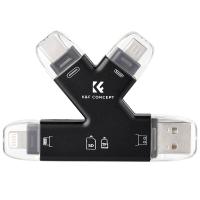
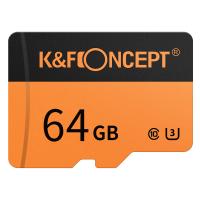
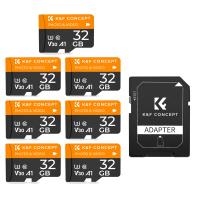
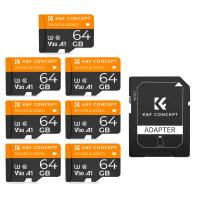

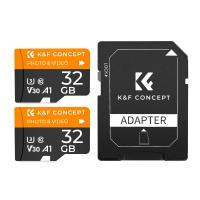
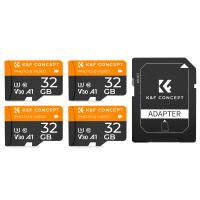
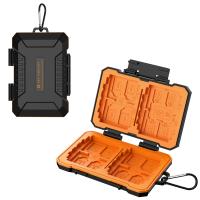

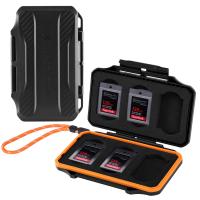
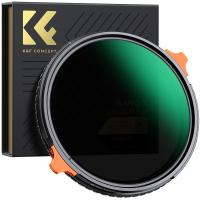

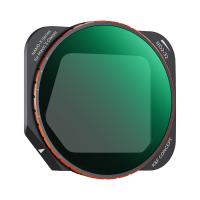
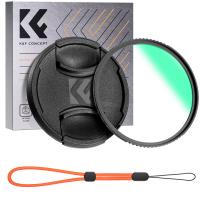

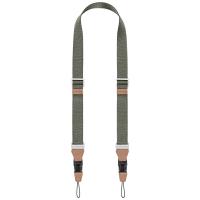
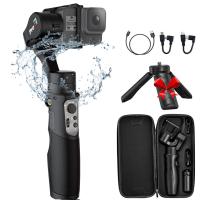
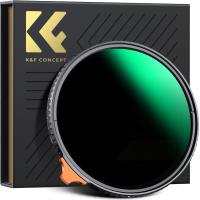
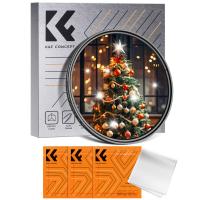
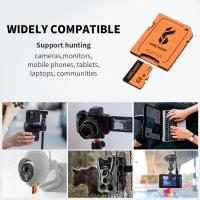
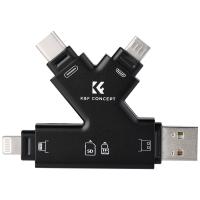

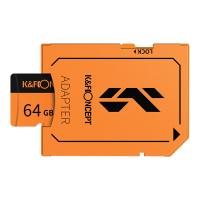
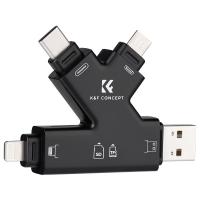
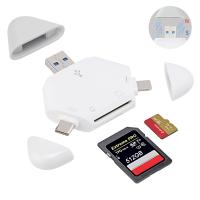
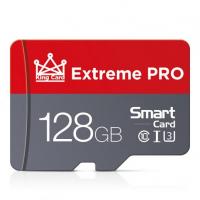

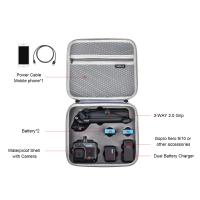
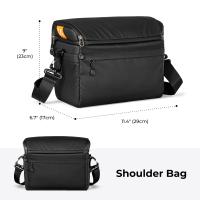
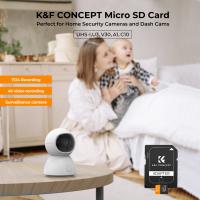
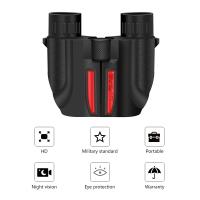

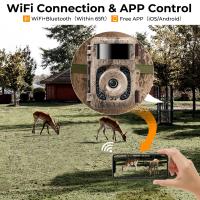

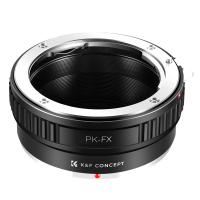
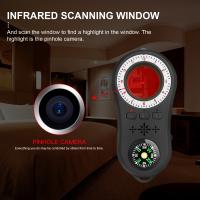
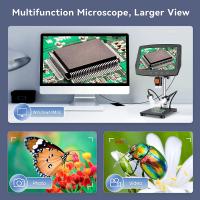
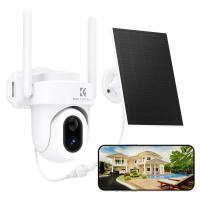
There are no comments for this blog.